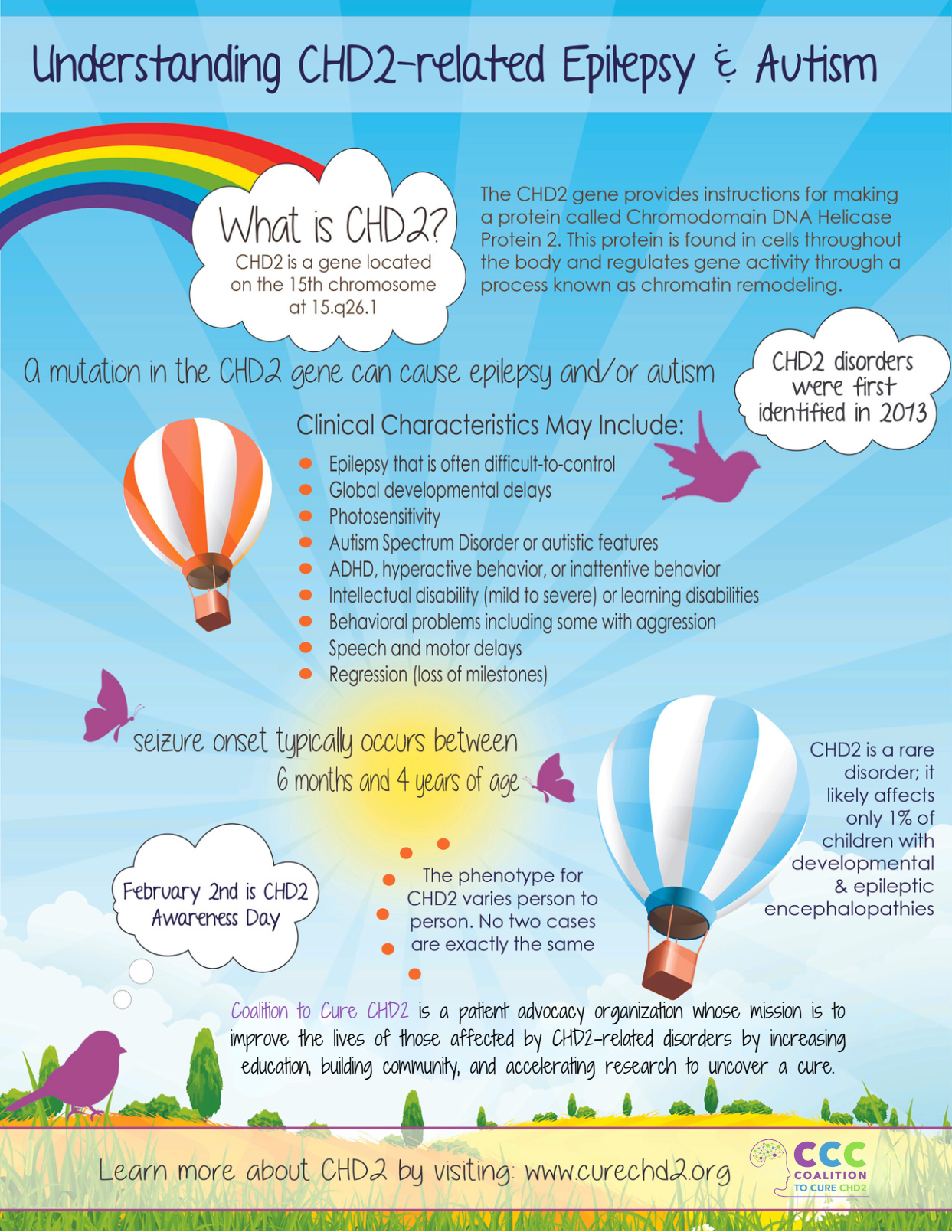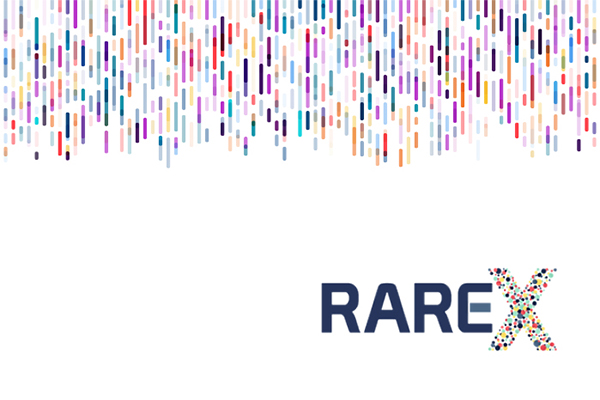About Genetic Testing
Getting diagnosed for CHD2 typically involves a combination of genetic testing, medical history review, and a physical examination.
- Genetic testing: A blood sample will be taken and sent to a laboratory for genetic analysis. This test can confirm the presence of a CHD2 mutation.
- Medical history review: A healthcare professional will review your medical history, including any previous seizures or neurological symptoms you may have experienced.
- Physical examination: A healthcare professional will perform a physical examination to check for any signs or symptoms of CHD2.
- Neurological examination: A healthcare professional will perform a neurological examination to check for any neurological symptoms, such as seizures or developmental delays.
- Imaging studies: Imaging studies like MRI or CT scan may be done to check for any structural abnormalities in the brain.
- EEG: An EEG (electroencephalogram) may be done to check for any abnormal electrical activity in the brain.
It is important to note that a diagnosis of CHD2 can only be confirmed through genetic testing, and that other tests are used to support the diagnosis and understand the effects of the mutation.
* A patient would need a referral to get genetic testing in order to test for a genetic abnormality.
Ongoing Studies





